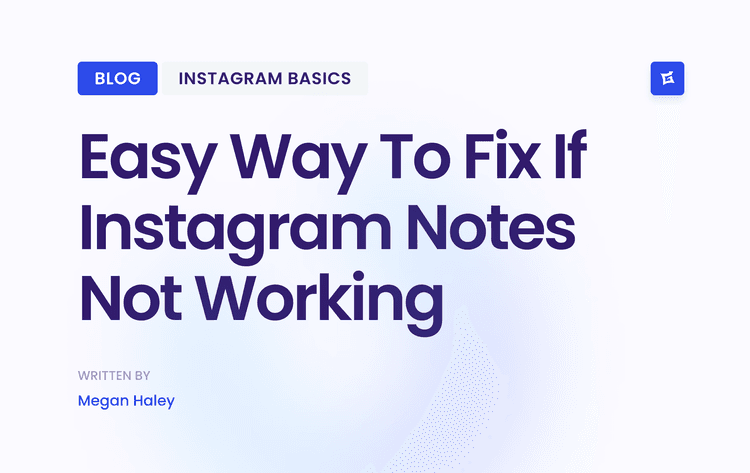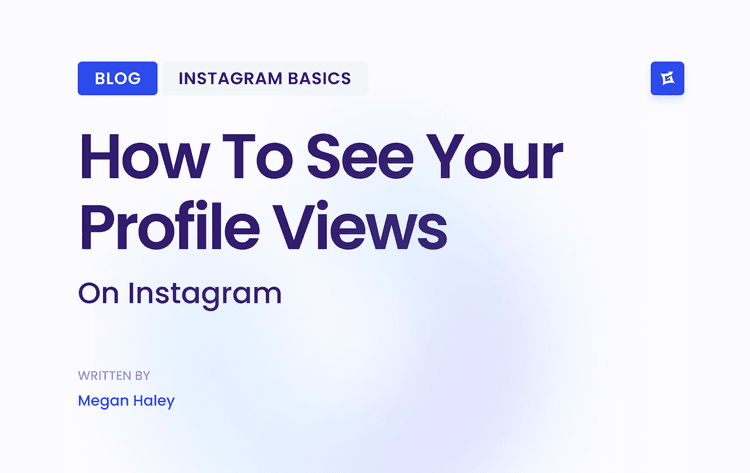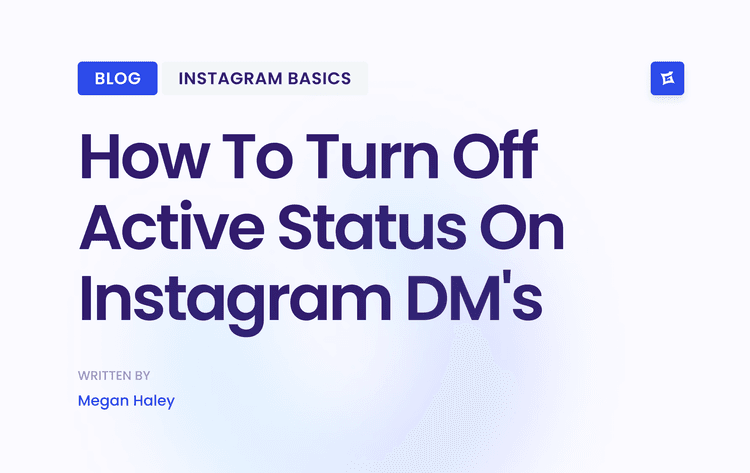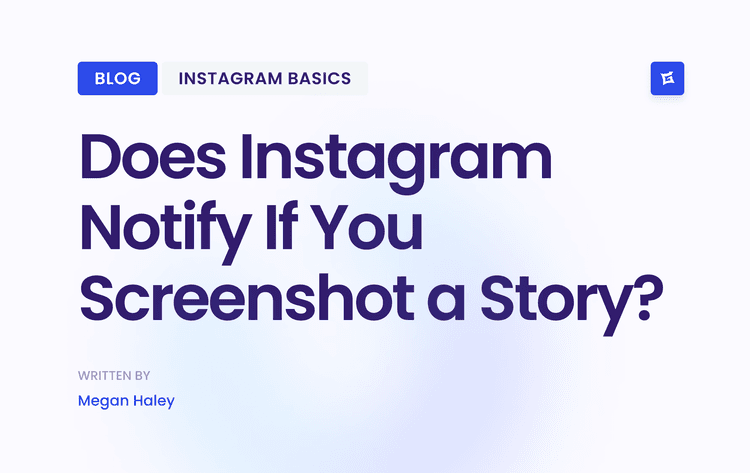Choosing the Right Social Media Battleground
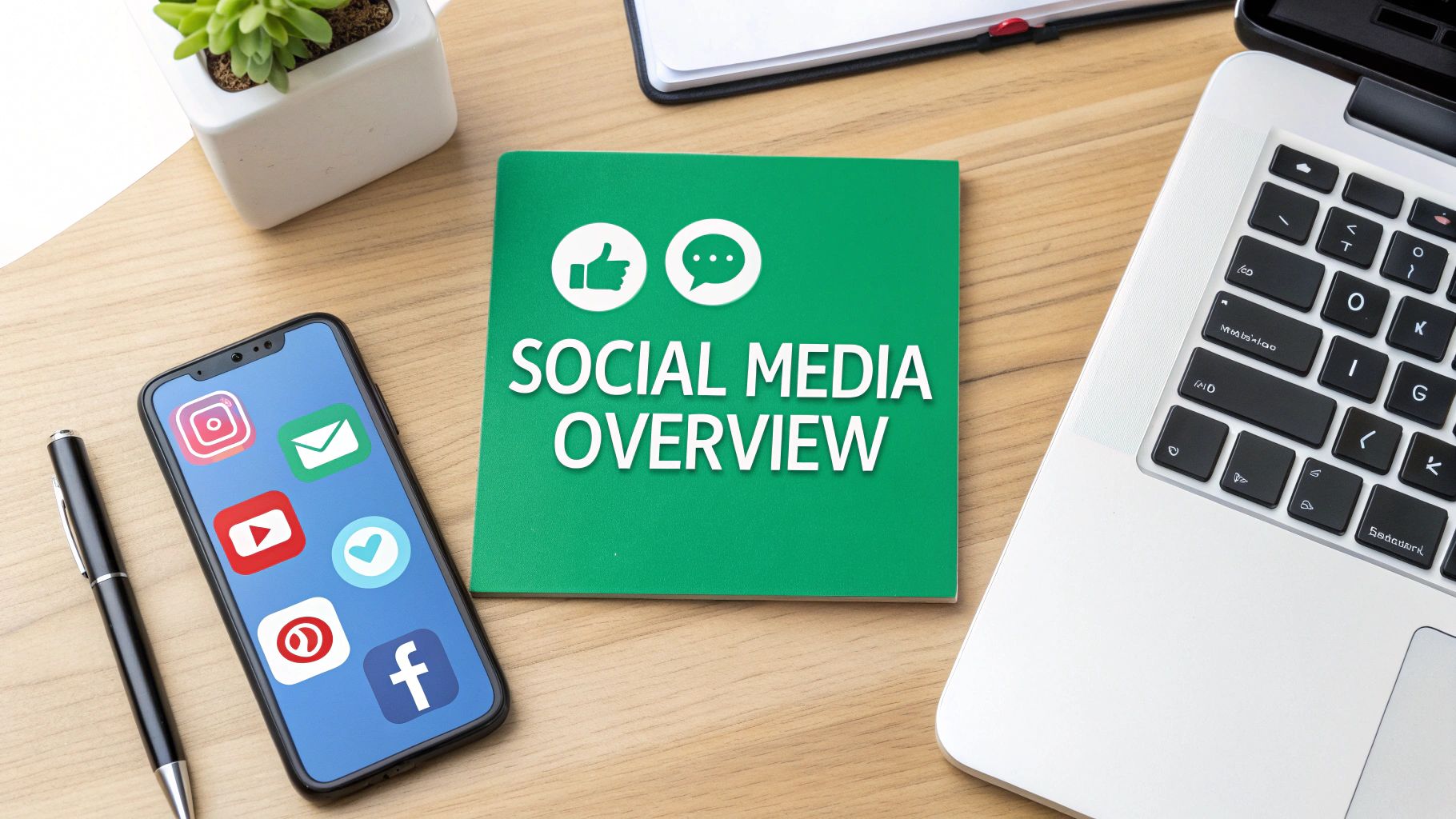
Picking your primary channel is the most critical first step. The old "spray and pray" method of being on every platform just doesn't cut it anymore. Audiences are spread thin across specialized networks, so your goal isn't just to show up everywhere—it's to make an impact where it counts.
Think about this: by 2025, experts predict 5.45 billion people will be on social media, spending around 2 hours and 24 minutes a day scrolling through apps. That’s a massive audience, but it's only an opportunity if you know how to connect with the right slice of it.
Core Criteria for Platform Evaluation
To make a smart choice, we need a consistent way to look at each platform. This framework helps us compare them fairly and practically, giving you the information you need to match your strategy to your goals. Here’s what we'll be breaking down:
Audience Demographics: Who is actually using this platform? We’ll dig into age, location, interests, and professional backgrounds to see if they line up with your ideal customer.
Content Formats: What kind of content actually works here? This means looking at everything from video length and image styles to text limits and unique features like Stories.
Engagement Mechanics: How do people interact? We'll look at the fundamental differences, like TikTok's powerful discovery algorithm versus LinkedIn’s focus on professional conversation.
Strategic Business Alignment: How does this platform help you achieve your goals? This is where we connect the dots between features and real business objectives, whether that's lead generation, brand awareness, or building a loyal community.
As you start mapping out your strategy, keep in mind that social media advertising costs can vary wildly from one platform to another, which will affect your budget and ROI. It’s also a good idea to see what your competitors are up to. Our guide on the top https://www.gainsty.com/blog/top-social-media-competitive-analysis-tools-guide can show you what's working for others in your space.
Audience: Ensuring your message reaches the right people is crucial for growth because it helps you connect with potential buyers. For example, you might ask, “Are my target customers—professionals aged 25–34—actually active here?”
Content: The type of content you produce matters because it determines whether your creative skills and resources align with what the platform requires. A useful question to consider is, “Do we have the team to create high-quality, short-form video consistently?”
Engagement: Engagement is important for growth because it influences how you build relationships and turn followers into loyal fans. You might ask, “Does this platform’s algorithm help new audiences discover our content?”
Goals: Clearly defining your goals is essential because it connects your social media activity directly to measurable business outcomes. One question to ask is, “Is this platform better for driving traffic to our site or for building our brand’s authority?
A High-Level Overview of the Social Titans
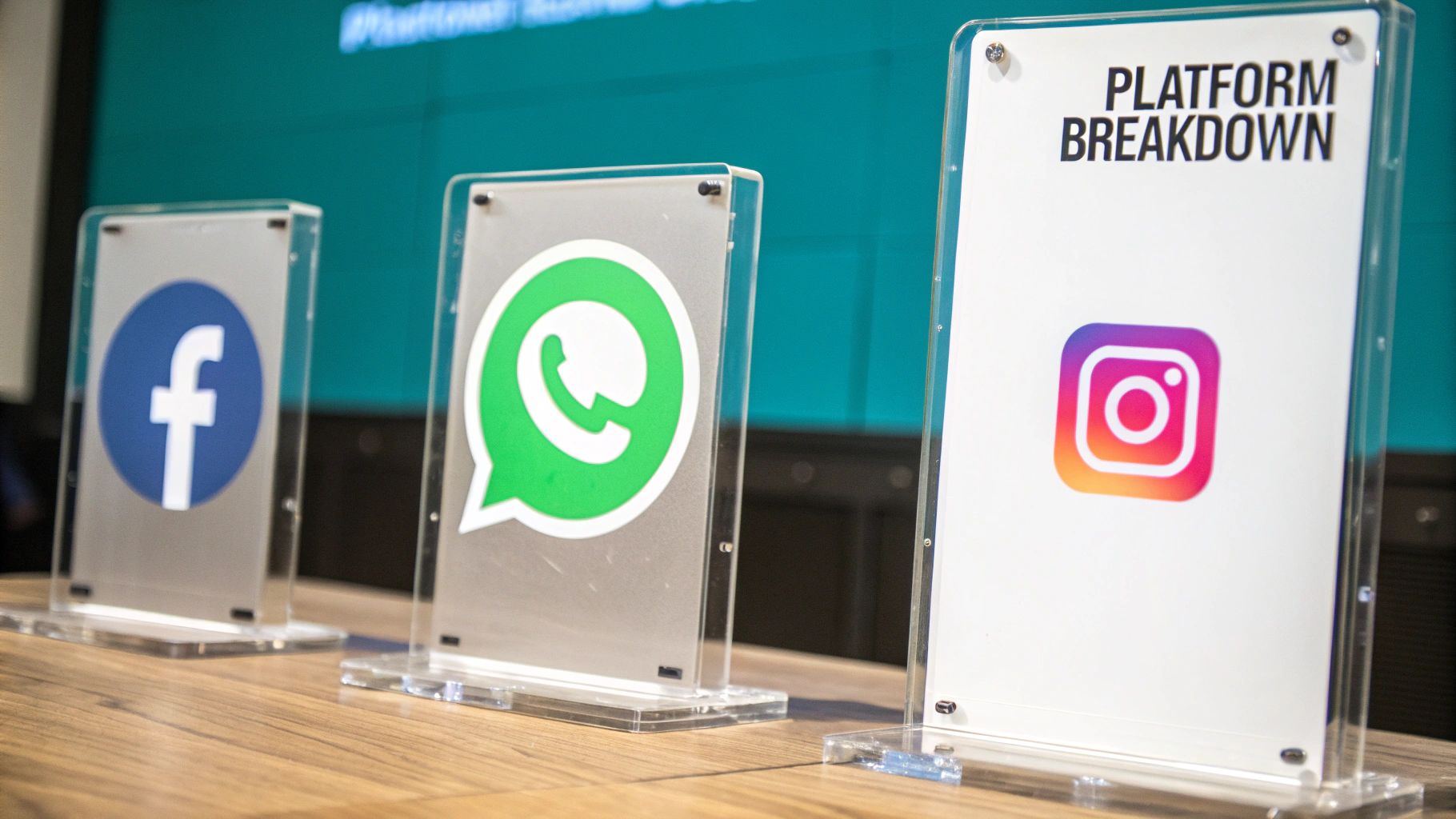
Before diving into a detailed social media platform comparison, it’s smart to get a feel for the core identity of each major player. Think of it like meeting the cast of a show—every character has a unique personality, a specific role, and attracts a different crowd. Getting this context right from the start helps you see exactly which platforms will click with your brand’s voice and growth goals.
Some platforms are all business, built for professional networking, while others are all about spontaneous, entertaining content. Understanding these fundamental differences is the first step to avoiding a common mistake: trying to force the same strategy onto channels that play by completely different rules.
The Established Giants: Facebook and Instagram
You can't talk social media without mentioning Facebook. It’s still the undisputed leader in sheer user numbers and demographic reach. It acts like a digital town square, bringing together friends, family, and communities. Because its algorithm is designed to encourage meaningful interactions, it's an incredibly powerful tool for building genuine brand loyalty and sparking conversations.
Then you have its more visually focused sibling, Instagram. I like to think of it as a digital art gallery and lifestyle magazine rolled into one. Aesthetics are everything here, making it the perfect stage for brands that look good and know it. For Gainsty users, Instagram is the main event, but knowing how it differs from Facebook is crucial for building a cohesive strategy. They might both be owned by Meta, but their user expectations couldn't be more different.
> Facebook's staying power is no joke. As of September 2025, it commands a massive 70.37% of the global social media market share, completely dwarfing its competitors. This really cements its place as a foundational platform for almost any marketing effort. You can dig into more of these market dynamics on StatCounter.
The New Wave of Content: TikTok and X
TikTok didn't just join the party; it completely changed the music. Its entire world is built on short, snappy, algorithm-driven video. The magic of TikTok is that it’s less about who you know and more about what you create. This makes it an amazing discovery engine where a brand can go viral overnight without a huge pre-existing audience—it’s all about creativity.
And then there's X (what we all still call Twitter in our heads). It’s the planet's real-time news ticker and public square. It runs on brevity, wit, and what’s happening right now. This makes it the go-to for brands that need to jump into timely conversations, push out quick updates, or handle customer service on the fly. Its breakneck pace demands a totally different approach than more visual, slower-paced platforms.
The Niche Powerhouses: LinkedIn and Pinterest
When it comes to the professional world, LinkedIn is in a class of its own. The platform is designed from the ground up for careers, industry news, and corporate branding. For anyone in the B2B space, LinkedIn provides an unmatched environment for building authority and finding high-quality leads.
On the flip side, you have Pinterest, which is a visual search engine for ideas and inspiration. People don't go there to chat; they go there to plan. They're planning future purchases, home renovation projects, and dream vacations. For e-commerce and lifestyle brands, this is huge. Content on Pinterest has an incredibly long shelf life and directly taps into user buying intent.
To wrap up these initial thoughts, here’s a quick-reference guide to help you keep these platforms straight.
High-Level Platform Snapshot
This list gives you a bird's-eye view of where each platform shines, who hangs out there, and what kind of content works best.
Facebook is primarily used for community building and connection. Its core audience spans broadly across all ages, and the key content formats are mixed media, including text, images, and video.
Instagram focuses on visual storytelling and branding. It is most popular among Millennials and Gen Z, with high-quality images and Reels as its primary content formats.
TikTok centers on entertainment and trend discovery. Its core audience is Gen Z and younger Millennials, and it thrives on short-form vertical video.
X (Twitter) is designed for real-time news and conversation. It attracts news-engaged professionals, with short text updates and memes as the main content style.
LinkedIn serves professional networking and B2B purposes. Its audience includes professionals and business decision-makers, and its main content types are articles and professional updates.
Pinterest emphasizes discovery and inspiration. It is especially popular among women and planners, with high-quality vertical images and pins as the key content for
Think of this as your starting point. Now, let’s dig deeper into what makes each of these titans tick and, most importantly, how you can use them to fuel your Instagram growth.
Diving Deeper: A Platform-by-Platform Breakdown
Alright, let's move past the 30,000-foot view. A real social media platform comparison means getting into the weeds of what makes each one tick—the user habits, the content quirks, and what people actually expect to see when they open the app. It’s not enough to know who’s on each platform; you have to understand how they’re using it.
For anyone using Gainsty, grasping these differences is everything. You can't just copy-paste an Instagram strategy onto TikTok and hope for the best. Each platform is its own world with its own rules, and the key to winning is knowing how to tweak your core message to fit each unique audience.
Facebook: The Community Hub
At its core, Facebook's strength is its sheer size and its focus on community. With over 3 billion monthly active users, it’s still the bedrock for reaching an incredibly broad, multi-generational audience. The crowd here tends to skew a bit older than on Instagram or TikTok, with a major slice of users aged 35 and up.
Content on Facebook has a ton of flexibility. Sure, images and short videos work well, but it also has room for long, thoughtful text posts, article links, and powerful event pages. This makes it perfect for building deeper relationships. For example, you could spin up a Facebook Group exclusively for your Instagram followers, giving them a private space for discussions or exclusive content.
> Key Differentiator: Facebook’s algorithm is obsessed with what it calls "Meaningful Social Interactions" (MSI). This just means that content sparking real conversation—thoughtful comments, detailed reactions, and shares with added commentary—gets way more visibility than a simple, passive "like." Your job here isn't just to post; it's to start a conversation.
This infographic gives a great visual snapshot of how Facebook, Instagram, and Twitter stack up in terms of user base, engagement, and ad costs.
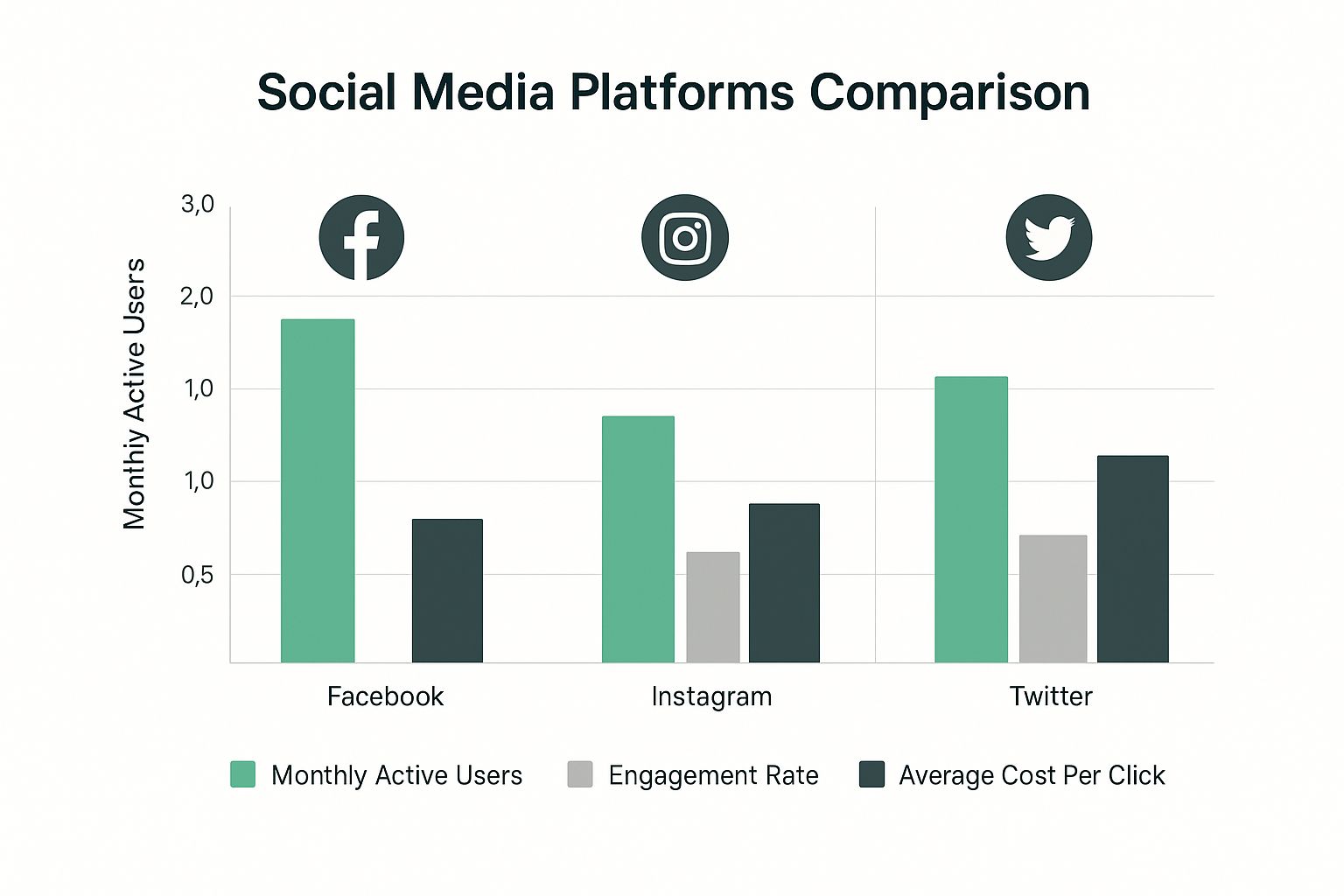
You can see Facebook's dominance in raw numbers, but the chart also drives home Instagram’s higher engagement rate, which is exactly why it’s so powerful for building a genuinely active following.
Instagram: The Visual Showcase
Since this is home base for Gainsty users, you already know the deal: Instagram is all about aesthetics and telling stories with pictures and videos. The audience is primarily younger, with most people falling into the 18 to 34 age bracket. This group has a sharp eye for quality and expects polished, inspiring, yet authentic content.
Instagram's formats are all built for visual punch:
Reels: These short, entertaining videos are your best bet for getting discovered by new audiences, thanks to the algorithm's focus on discovery.
Stories: This is your space for ephemeral, behind-the-scenes glimpses that forge a personal connection and keep people coming back daily.
Carousels: Multi-image posts are fantastic for breaking down complex ideas, creating tutorials, or just telling a more detailed story.
Static Images: A classic for a reason. High-quality photos are still the foundation of a stunning, well-curated feed.
Remember, Instagram is a closed loop. It actively discourages sending people off-platform with outbound links in feed posts. The whole point is to build your brand and engage with people right there in the app—to create a world your followers want to be part of.
TikTok: The Entertainment Engine
TikTok is a different beast entirely, driven by an incredibly smart discovery algorithm. It’s less about who you follow and more about what the "For You" page thinks you'll love. This creates an incredible launchpad for new creators to go viral without any existing followers. The user base is overwhelmingly Gen Z, a generation that prizes authenticity, humor, and jumping on the latest trend.
Here, the format is simple: short-form vertical video, usually between 15 and 60 seconds. Success on TikTok has little to do with polish and everything to do with raw creativity and participating in the culture of the platform. The brands that win are the ones that act like creators, not advertisers.
As a Gainsty user, think of TikTok as a powerful way to fill the top of your funnel. One viral video can send thousands of new people straight to your Instagram profile. The trick is to have a clear call-to-action that gives them a reason to follow you on Instagram for more in-depth content.
LinkedIn: The Professional Network
When it comes to B2B marketing and building a professional brand, LinkedIn is in a league of its own. The people here are industry leaders, decision-makers, and professionals looking to network, learn, and grow their careers. They aren't scrolling for memes; they're looking for value.
Content on LinkedIn needs to be professional, insightful, and genuinely helpful. Things like long-form articles, industry reports, case studies, and career advice do incredibly well. Video works here too, but it should feel more like a TED Talk than a TikTok dance—polished, educational, and to the point.
Even if you run a B2C brand, LinkedIn can be a great place to build industry authority and showcase your company's identity. Highlighting your team, sharing company milestones, and talking about your culture can attract top talent and build trust. It’s about showing the professional heartbeat behind your brand.
X (Formerly Twitter): The Real-Time Pulse
X is the internet's town square—it’s all about what's happening right now. The platform moves at a breakneck speed, fueled by news, live events, and trending cultural moments. The audience is plugged into current events, tech, and politics, and they appreciate brevity, wit, and quick thinking.
The content is text-first, with a tight 280-character limit that forces you to be concise. Images, GIFs, and short videos are there to add flavor, not to be the main event. The real magic of X is in its conversational flow. Threads let you unpack bigger ideas, while polls and replies make it an amazing tool for quick customer service or getting instant feedback.
For an Instagram-centric brand, X is the perfect backchannel. You can use it to share quick thoughts, engage in industry chatter, and then point everyone to your latest Instagram post for the full visual experience.
Pinterest: The Discovery Engine for Planners
Think of Pinterest less as a social network and more as a visual search engine. People don't come here to chat; they come with a mission—to find ideas, plan projects, and decide what to buy next. The audience is largely female and is in a "discovery" mindset, which makes them incredibly open to brand messaging.
The main currency here is the Pin, which is usually a vertical image or video that links out to a website. This makes Pinterest an absolute powerhouse for driving traffic. Unlike an Instagram post that has a shelf life of a day or two, a good Pin can keep sending you traffic for months, sometimes even years. Your content should be aspirational and helpful—think tutorials, infographics, and inspiration boards. It’s a slow burn, but success comes from consistently creating beautiful, evergreen content that solves a problem or sparks an idea.
Matching Social Platforms to Business Goals
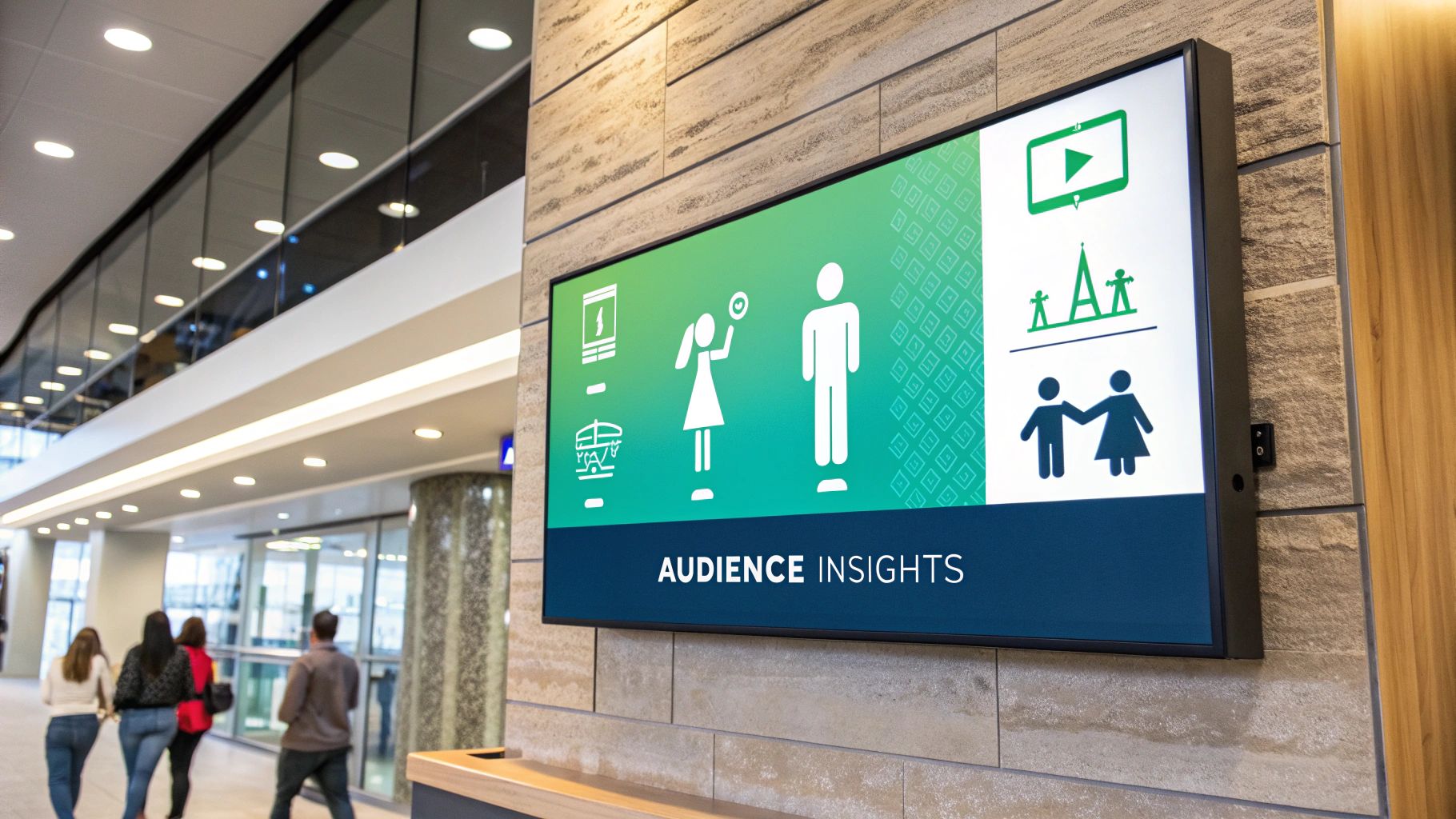
Knowing what each platform can do is one thing. Knowing how to make it work for your business is where the real strategy comes in. A smart social media platform comparison goes beyond a simple feature list—it’s about matching the right tool to the right job. You wouldn't use a hammer to turn a screw, and you shouldn’t use LinkedIn to sell trendy fashion to Gen Z.
For Gainsty users, this alignment is everything. The goal is to grow your Instagram, so every move you make on another platform should be a calculated step to support that main objective. Whether you want to drive traffic, build authority, or generate leads, the right channel will act as a powerful amplifier for your Instagram efforts.
Let's break down how to pair common business goals with the platforms that will get you there.
Driving Brand Awareness and Reach
When your main objective is just getting in front of as many new eyes as possible, you need a platform built for discovery. This is about casting a wide net and making a strong first impression.
For this, TikTok is in a league of its own. Its algorithm is a virality engine, pushing content to people based on their interests, not just who they follow. A single well-made video can explode overnight, introducing your brand to thousands of potential followers who you can then guide over to your Instagram.
Your secondary platform for awareness should be Instagram Reels. Yes, it’s part of the same ecosystem, but its discovery mechanics are too good to ignore. Creating native Reels that tap into current trends can land you on the Explore page, exposing your brand far beyond your existing follower count.
Generating High-Quality Leads
Lead generation is a different game entirely. It’s about finding and nurturing potential customers, which calls for a more targeted and professional touch. This is especially true for B2B companies or anyone selling high-ticket services.
LinkedIn is the undisputed champion here. You're dealing with a user base of professionals who are actively looking for business solutions and industry knowledge. You can share in-depth articles, case studies, and professional videos to establish your authority and direct high-intent traffic to a lead magnet or even your Instagram for a look at your company culture.
As a secondary option, X (formerly Twitter) can be surprisingly effective. By jumping into industry-specific conversations and sharing quick, valuable insights, you can connect with decision-makers and pull them into your sales funnel.
> Situational Insight: A B2B software company could publish a detailed article on LinkedIn, solving a common industry pain point. The call-to-action? Follow their Instagram for daily tips and live Q&A sessions. This is a perfect example of using a professional platform to fuel engagement on a more visual one.
Building an Engaged Community
This goal is about more than just follower counts. It’s about creating a loyal tribe that actively talks with and advocates for your brand. This requires a platform that encourages real, two-way conversations.
Facebook Groups are still a powerhouse for this. You can create a private, dedicated space for your biggest Instagram fans to connect, share their experiences, and get exclusive content. It builds a powerful feedback loop and strengthens loyalty away from the noise of a public feed.
For a secondary channel, look no further than Instagram itself, but with a laser focus on its interactive features. Run polls and Q&A stickers in your Stories, go Live to chat with your audience in real-time, and make a point to respond to every single comment and DM. It shows you're present and invested in the community you're building.
Boosting E-Commerce Sales
For direct-to-consumer (D2C) brands, social media is a storefront. The objective here is to make the path from discovery to purchase as short and seamless as possible.
Pinterest is fantastic for driving e-commerce sales. Its users are actively searching for products and inspiration with a high intent to buy. Creating beautiful, shoppable Pins that link directly to your product pages can drive a steady stream of high-quality traffic for months or even years.
Of course, Instagram Shopping is a crucial secondary channel. Tagging products in your posts, Reels, and Stories allows people to browse and buy without ever leaving the app. This frictionless experience is the key to converting a casual browser into a paying customer.
Platform Alignment With Business Objectives
Choosing the right platform for the right goal is the foundation of an effective social media strategy. This list offers a quick guide to help you focus your efforts where they'll make the biggest impact on your business.
For brand awareness, TikTok is the primary platform, with Instagram Reels as the secondary platform. This strategy capitalizes on discovery-focused algorithms to quickly reach massive new audiences.
For lead generation, LinkedIn is the primary platform, and X (Twitter) is the secondary. This approach targets a professional audience with high-value content to attract qualified, high-intent leads.
For community building, Facebook Groups serve as the primary platform, with Instagram’s interactive features as the secondary. This creates dedicated spaces for conversation while leveraging native tools to foster daily engagement.
For e-commerce sales, Pinterest is the primary platform and Instagram Shopping is the secondary. This captures users in a "planning-to-buy" mindset and provides a seamless, in-app path to purchase.
By thinking through your primary objective first, you can stop wasting time on platforms that don't serve your ultimate goal and double down on the ones that do.
Building a Cohesive Cross-Platform Strategy
Just showing up on multiple platforms isn’t a strategy—it's just creating more work for yourself. Real growth happens when you build a smart ecosystem where each channel works together, pushing attention and engagement toward your main objective: growing your Instagram account. A winning approach sees each platform as a different tool with a specific job to do.
This isn’t about copy-pasting the same content everywhere. It’s about mapping out how people find and connect with you. Someone might stumble upon your brand through a quick, unpolished TikTok video, but they’ll stick around on Instagram for the high-quality, behind-the-scenes content that tells your real story. Each platform has a role in turning a casual scroller into a dedicated follower.
Defining Roles for Each Platform
First things first, you need to assign a clear purpose to each social channel you use. Think of it like putting together a team—every player needs a defined position. This clarity stops your content from feeling redundant and makes sure every platform is pulling its weight.
Here’s a simple way to think about it:
Top-of-Funnel (Discovery): Platforms like TikTok or X (formerly Twitter) are fantastic for grabbing widespread attention. Their algorithms are designed for reach, making them perfect for introducing your brand to people who’ve never heard of you.
Mid-Funnel (Nurturing): This is where Instagram and Facebook shine. You can use them to build real relationships by sharing deeper stories, showing off your brand’s personality, and talking directly with your community.
Bottom-of-Funnel (Conversion & Authority): A platform like LinkedIn or Pinterest can be used to drive specific actions. Think about generating B2B leads or sending ready-to-buy traffic to your online store, which cements your brand’s credibility.
This kind of structured thinking is the backbone of an effective cross-platform content strategy. It changes random posts into a reliable growth engine.
Practical Content Flow Examples
Let's make this real. A cohesive strategy is all about creating easy-to-follow paths that guide your audience from one platform to the next.
For instance, a fitness coach could share a viral 30-second workout tip on TikTok. Instead of just saying "follow me here," the call-to-action would be, "Follow me on Instagram for the full 5-day workout plan I’m sharing in my Stories this week!" This move takes the massive reach from TikTok and funnels highly interested people over to a more in-depth experience on Instagram.
> A common mistake is treating platforms as isolated islands. The goal is to build bridges. A detailed LinkedIn article on industry trends can conclude by inviting readers to see the "human side" of the data by following your company's behind-the-scenes journey on Instagram.
As you build out your strategy, it’s smart to have a bank of practical social media content ideas that you can tweak for different platforms. This keeps your core message consistent while tailoring the delivery to each channel’s unique vibe.
In the United States, social media is a massive part of daily life. As of 2025, approximately 72.5% of the U.S. population is active on social media, spending an average of 2 hours and 8 minutes on these platforms every day. For brands that can successfully capture and direct that attention, the opportunity is huge. You can dig deeper into these American social media trends on Sprinklr. This constant activity makes a smart cross-platform strategy not just a good idea, but an absolute necessity for standing out.
So, Which Platform is Right for You?
We’ve covered a lot of ground comparing these social media giants. But all the analysis in the world won't matter if you can't translate it into a smart decision for your brand. The truth is, the "perfect" platform isn't something you find in a guide—it's something you build by matching your unique goals with the right channels.
Let's cut through the noise. To make a choice you can stick with, you need to filter your options through three non-negotiable questions. Answering these honestly will give you a clear, realistic path forward.
A Simple Framework for Your Decision
Audience: Where are your people? I mean, really? Don't just look at age and gender. Think about their mindset. When they open TikTok, they want to be entertained. On LinkedIn, they're in a professional headspace. You have to meet them where they are, in the right frame of mind.
Resources: What can you actually handle? Be brutally honest about your budget, your team's skills (are you video wizards or brilliant writers?), and most importantly, the time you can realistically dedicate. Consistency beats intensity every time.
Goals: What's the number one thing you need to achieve this quarter? Is it getting more leads? Building a loyal community? Driving direct sales? Your main goal should point directly to your main platform.
> My best advice? Start small. Seriously. Don't try to be everywhere at once—it's a recipe for burnout. Pick one primary platform that feels like a perfect fit and maybe a secondary one to support it. Get good at those, build some real momentum, and then think about expanding.
At the end of the day, you can't improve what you don't measure. You need to know what’s working and what’s a waste of time. To get a handle on this, check out how to measure your campaign success with our social media ROI calculator. The data you gather will be your most trusted guide as you tweak and grow your strategy.
A Few Final Questions
After breaking down the biggest social media players, you probably still have a couple of questions rattling around. That's completely normal. Choosing the right channel means matching what it offers with your own business goals. Let's tackle some of the most common questions to help you lock in your plan.
How Many Platforms Should a Small Business Actually Be On?
For most small businesses, the answer is simple: master one or two platforms before even thinking about a third. It's far better to be amazing on one channel than to be just okay on five. Put your energy where your audience already hangs out.
Pick the platform that plays to your content strengths and gives you the most direct line to your customers. Once you've got a good system going and are seeing real results, then you can think about adding another channel to the mix. It's always better to own your space on one platform than to spread yourself too thin.
> The real secret is consistency over quantity. Three genuinely great posts a week on one network will always outperform ten mediocre posts scattered across several. Keep an eye on your analytics to figure out what posting rhythm actually works for your followers.
Should I Go for the Big Platforms or Stick to a Niche One?
This really comes down to who you're trying to reach and what you're selling. A giant like Facebook gives you incredible reach, but you're also shouting over a lot of noise. On the other hand, a niche platform—think Behance for designers or Strava for athletes—offers a pre-built community of passionate people who are already interested in what you do.
If there's a niche platform that's a perfect fit for your industry, it can be a goldmine for building deep connections. A smart approach is often to use a major platform to get your name out there, while using a niche one to create a core group of super-loyal fans. At the end of the day, you just need to be where your people are.
Ready to turn those new followers into a real community? Gainsty combines smart AI with expert-led strategy to deliver authentic, organic Instagram growth. Stop guessing and start growing. Get started with Gainsty.

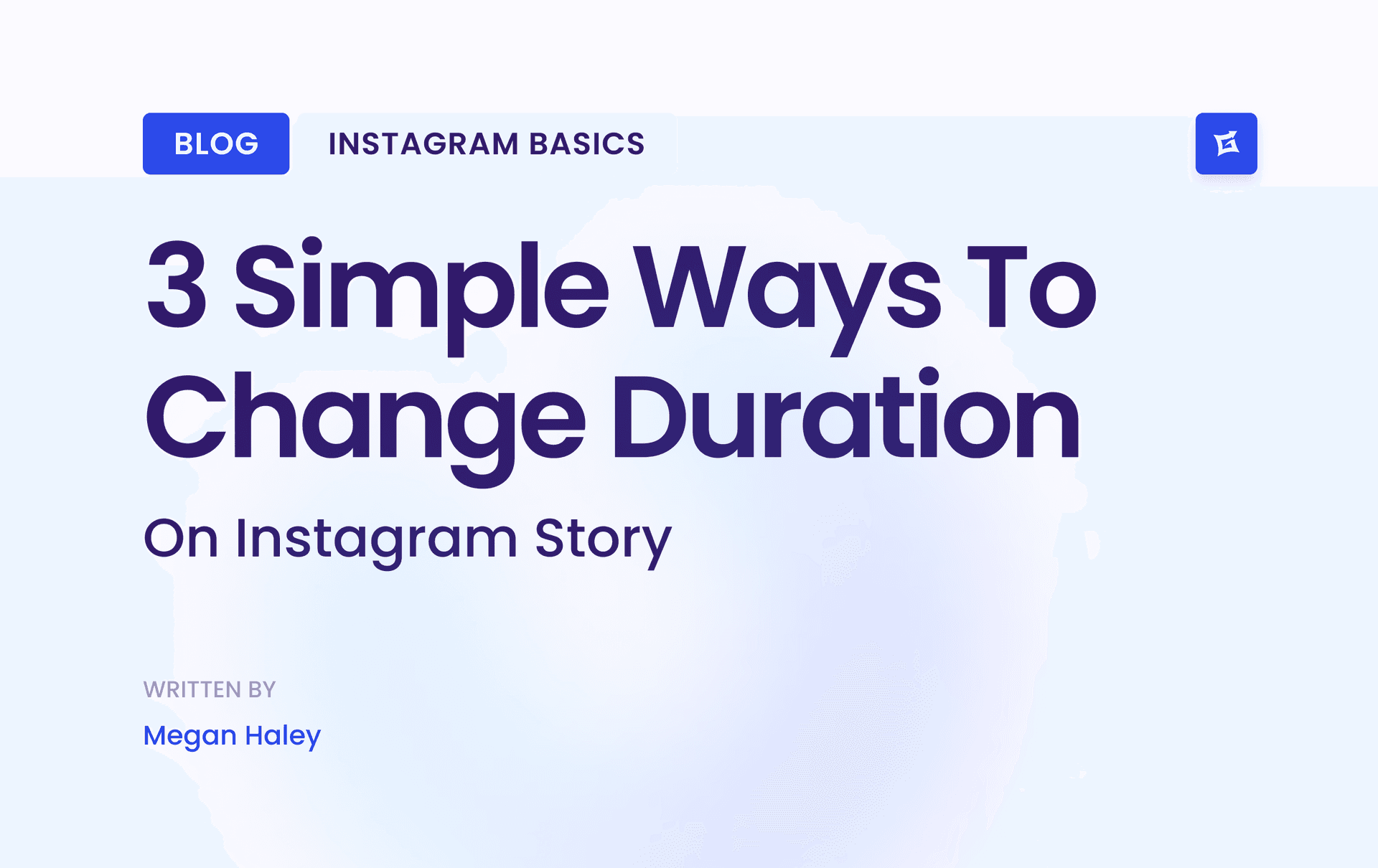
.png&w=1920&q=75&dpl=dpl_9XSWKBjhcBN6v6b1SN7m3p1WWjfr)
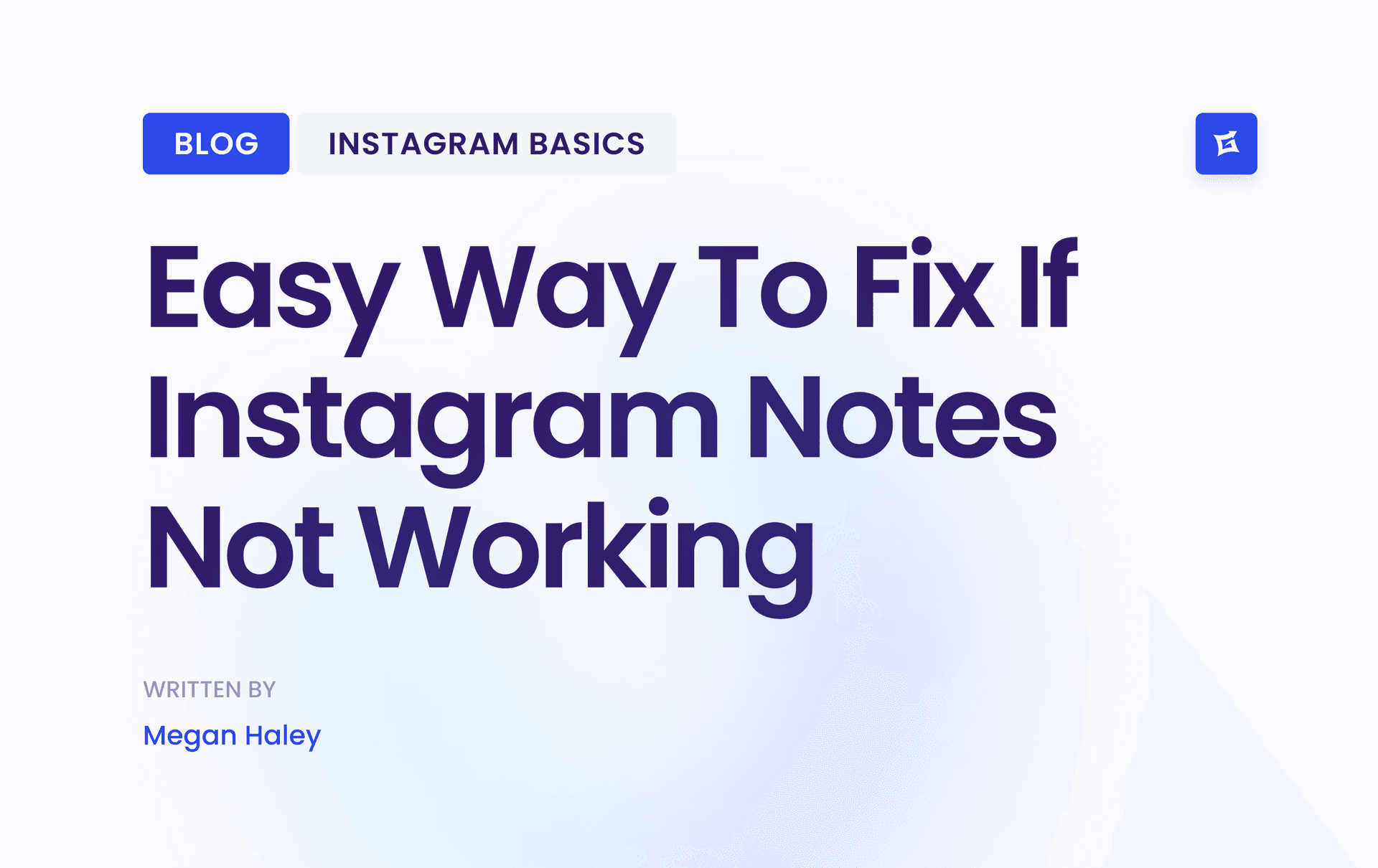
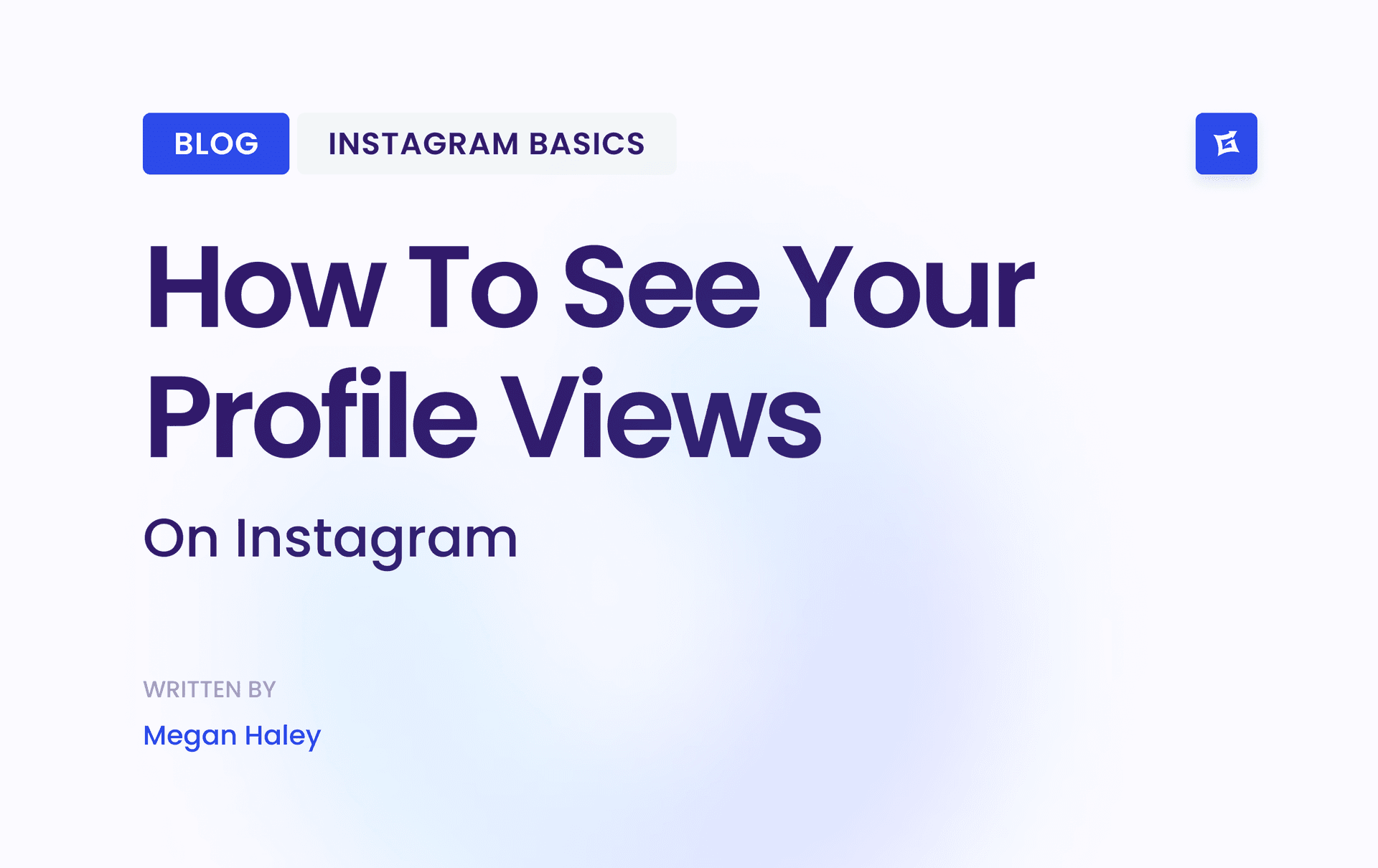
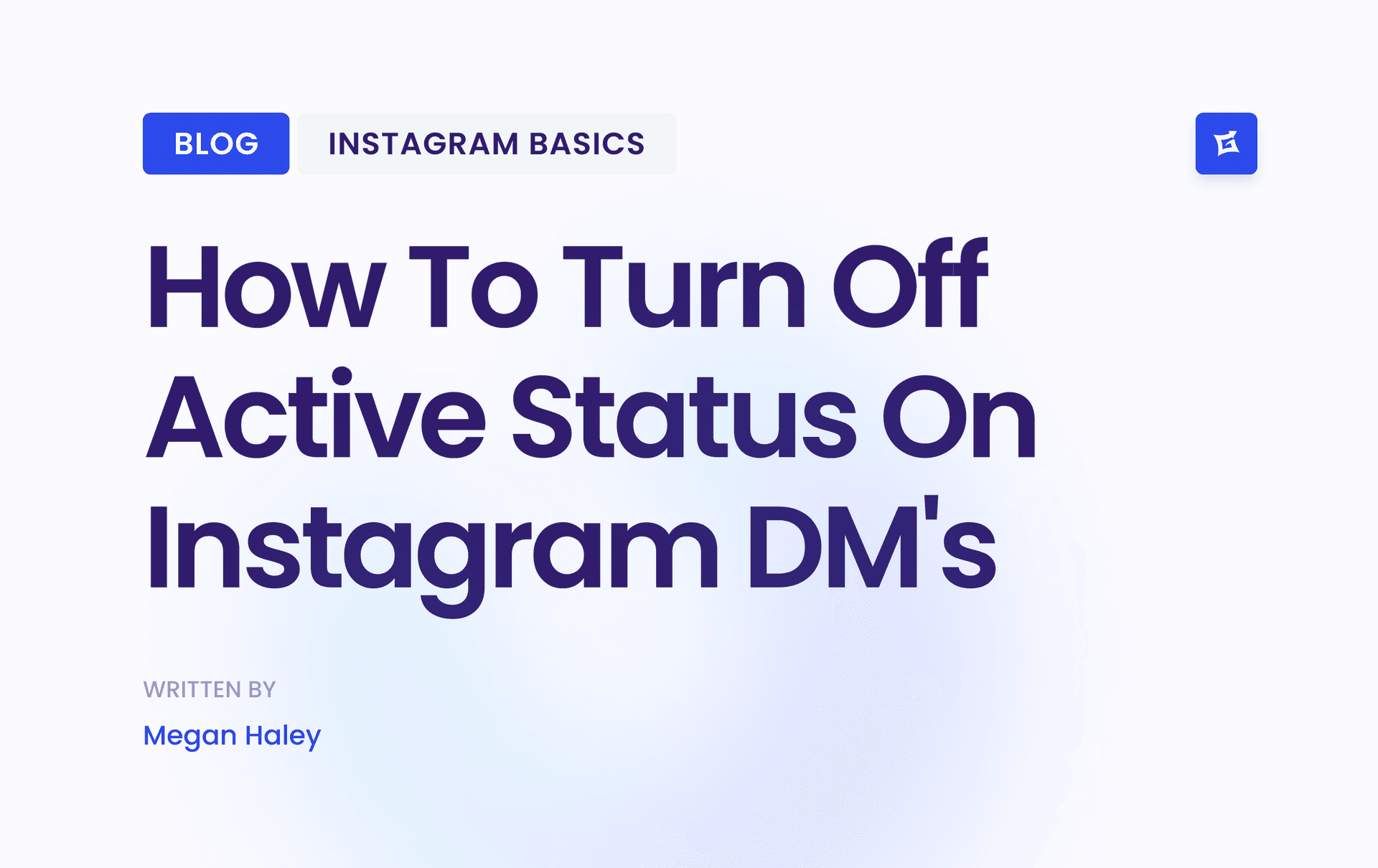
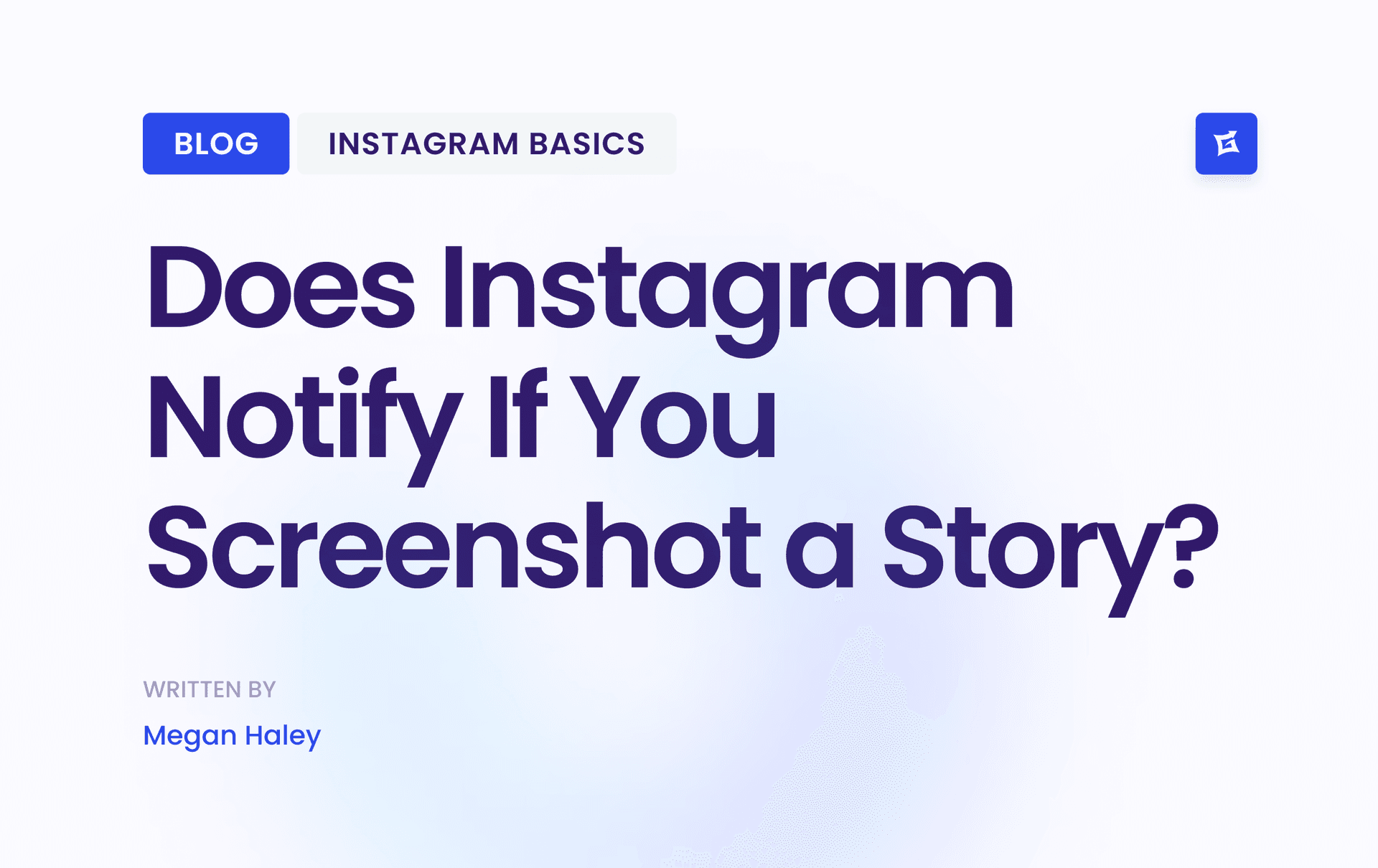


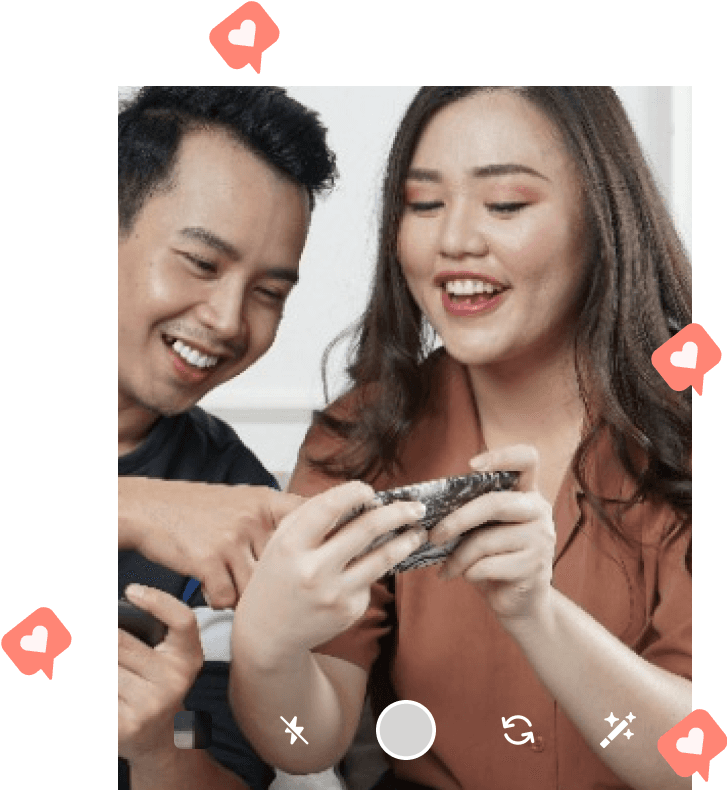
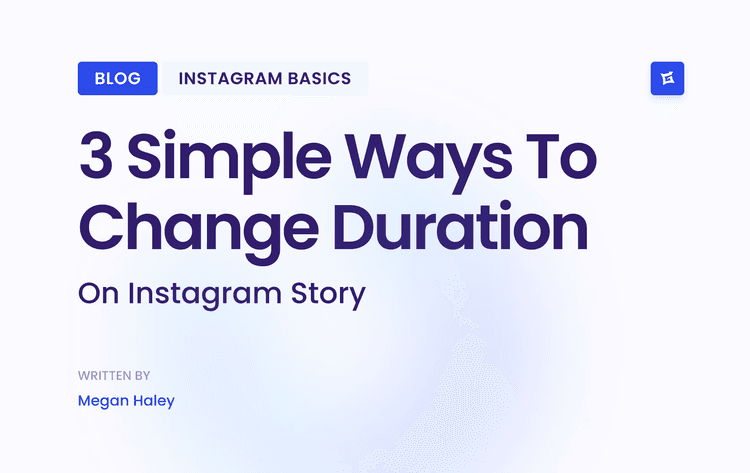
.png&w=750&q=75&dpl=dpl_9XSWKBjhcBN6v6b1SN7m3p1WWjfr)
